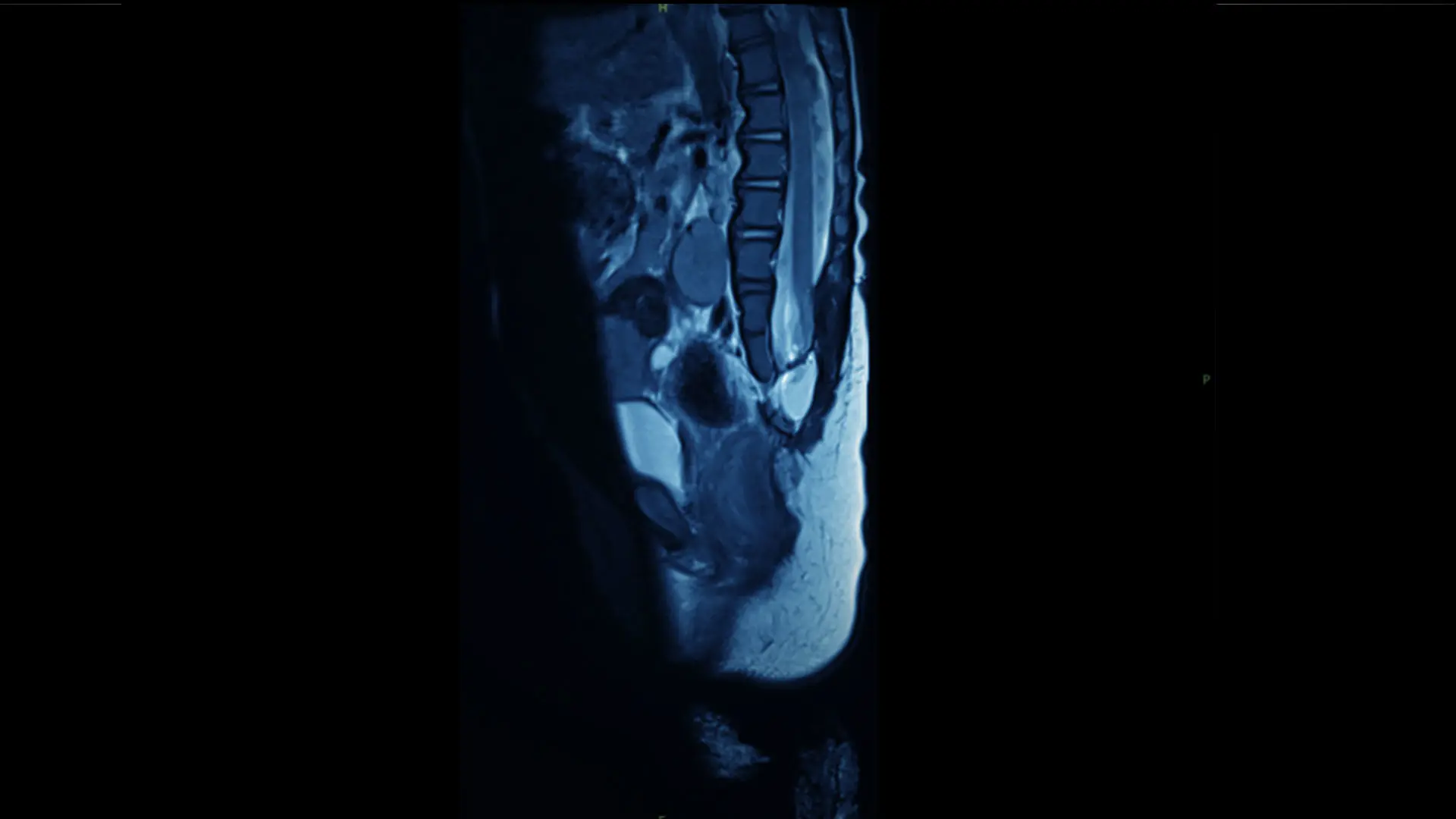Violet was born on December 6, 2021, at Mount Sinai West, where the delivery team was aware that she was expected to have multiple congenital anomalies. Her prenatal ultrasounds demonstrated renal, vertebral, orthopedic, and cardiovascular malformations, and at birth she was found to have an imperforate anus. She was transferred to the Mount Sinai Kravis Children’s Hospital Neonatal Intensive Care Unit (NICU).
During her NICU stay, her imperforate anus was repaired, and her extensive clinical workup demonstrated that she had VACTERL syndrome and a large lipomyelomeningocele with tethered spinal cord. Peter Morgenstern, MD, Assistant Professor of Neurosurgery, and Pediatrics, at the Icahn School of Medicine at Mount Sinai, examined Violet and explained to her family that he planned for close follow-up with the goal of repairing and untethering her spinal cord at around six months of age.
After Violet’s discharge from the NICU, her family immediately established follow-up with the Mount Sinai Kravis Children’s Hospital Comprehensive Neuromuscular Care Clinic, a multidisciplinary program where she was able to see specialists from pediatric urology, orthopedics, neurosurgery, neurology, physiatry and bracing, nutrition, and other areas depending on her needs. This multidisciplinary program also allowed for close communication among her many specialty providers and enabled the team to pivot efficiently when Violet later developed chronic urinary tract infections and required a more extensive urologic workup and surgery to repair her genitourinary tract. Over the course of the first year, in addition to the imperforate anus repair, she required multiple urologic procedures, including a bilateral ureteral reimplant, casting for clubfoot deformities, and visits with many different Mount Sinai Children’s providers to optimize her care.
When she was nine months old, she underwent lumbar laminectomy for release of her complex tethered cord and resection of her lipoma. In a four-hour surgery, Dr. Morgenstern used microscopic dissection techniques and a CO2 laser to remove the lipoma inside her dura and untether her malformed distal spinal cord to relieve tension. Violet recovered well from surgery and, after a four-day stay in the hospital, she was able to return home with her family. She continues to follow up with all her providers at Mount Sinai.
Featured

Peter Morgenstern, MD
Associate Professor of Neurosurgery, and Pediatrics




